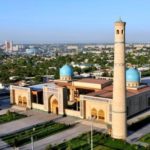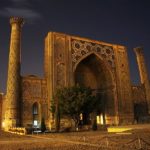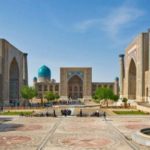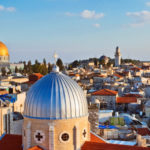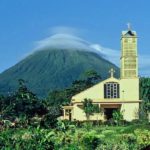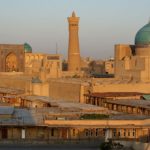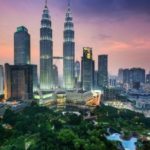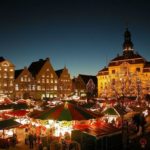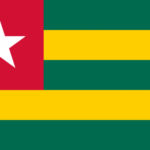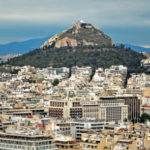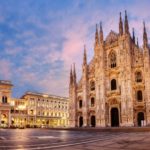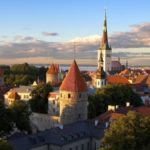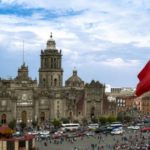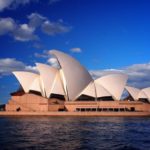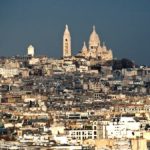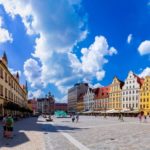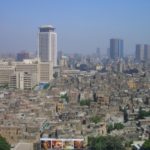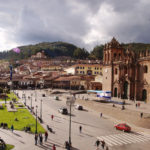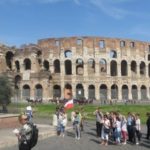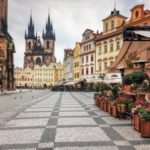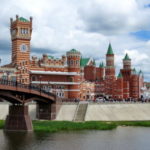Capital of Uzbekistan – Tashkent
 “Tashkent is a star of the East” is said in one of the most famous songs of the Yalla group. Every year, tens of thousands of tourists come to the capital of Uzbekistan and all of Central Asia, who are fascinated by the magic of the Uzbek capital.
“Tashkent is a star of the East” is said in one of the most famous songs of the Yalla group. Every year, tens of thousands of tourists come to the capital of Uzbekistan and all of Central Asia, who are fascinated by the magic of the Uzbek capital.
Indeed, a thousand-year history and the spirit of modernity harmoniously combines in Tashkent, the narrow streets of ancient quarters lead to wide avenues, and traditional Muslim architecture organically coexists with European-style buildings.
Tashkent was founded more than two thousand years ago. According to the latest research, the approximate age of the city is 2200 years. The respectable age, which makes the capital of Uzbekistan one of the most ancient cities of the East, has left its mark on the unique urban atmosphere. Under one sky, languages, cultures, faiths are intertwined here. The city has monuments dating back to different eras. However, the largest stratum of architectural masterpieces belongs to the era of the spread of Islamic religion in Central Asia.
One of the oldest Islamic monuments is the mausoleum of Kaffal al-Shashshi belonging to the 10th century, which the locals call the Hazrati Imam. The mausoleum is located in the Karasaray mahalla, where other ancient monuments are also located – the Till Sheikh mosque and the 16th century Barakhan madrasah built.
For a long time, the shrines were in decline, but in 2008, when Tashkent was declared the capital of Islamic culture, the old quarter was demolished, and scattered monuments formed a single complex. On the territory of the Khast Imam complex you can see all the luxury of Muslim architecture, enjoy the flowering of outlandish trees and feel the atmosphere of antiquity. In addition, the oldest of all available manuscripts of the Koran is stored here.
In the center of Tashkent, on Shakhrisabzskaya street, there is a four-story building of the State Museum of Art of Uzbekistan. The museum’s exposition was based on the collection of Grand Duke Nikolai Konstantinovich Romanov, exiled to distant Turkestan in the second half of the 19th century. The disgraced prince brought here almost his entire collection, in which one could meet the canvases of such famous painters as Karl Bryulov, Andrei Belloli, Pavel Benkov, Vasily Vereshchagin, Ivan Shishkin and many others. In addition, the museum is rich in sculptures of European masters of different eras. The visiting card of the museum is the painting “Bather” by Belloli and a marble sculpture of Venus with an apple, in the image of which, experts say, captured the lover of Prince Romanov, because of which he was exiled to Tashkent, Fanny Lear.
What is the East without colorful bazaars, on which trade boils at any time of the year? So in Tashkent markets, trade is in full swing. The largest bazaar of the capital is the Chorsu market, which has existed since time immemorial. As the locals say, in this market you can find anything – from modern clothes to fragrant spices, from handicrafts to meat and dairy products.
At any time of the year, Chorsu has fresh fruits and vegetables, which are rich in Uzbek land. Walking around the bazaar, you can easily catch the aromas of freshly baked patyr cakes and barbecue smoke, try a dozen varieties of pilaf and delicious local sweets, bargain with sellers and buy a lot of interesting souvenirs.
Summing up the above, it is worth noting once again that Tashkent is a truly unique city. Here you can easily combine modern European-style relaxation with walks through ancient shrines, meet good-natured locals, relax from the hustle and bustle with the charming atmosphere of Uzbekistan.
